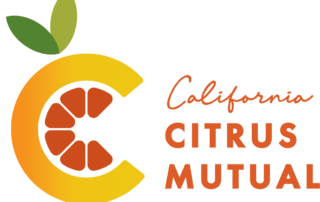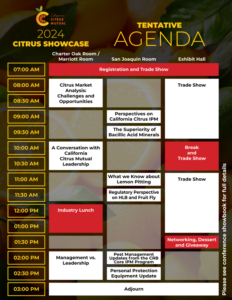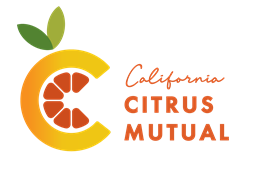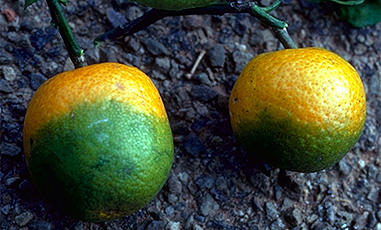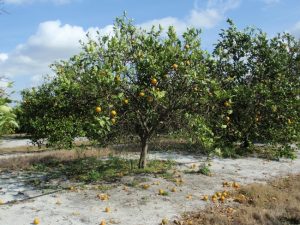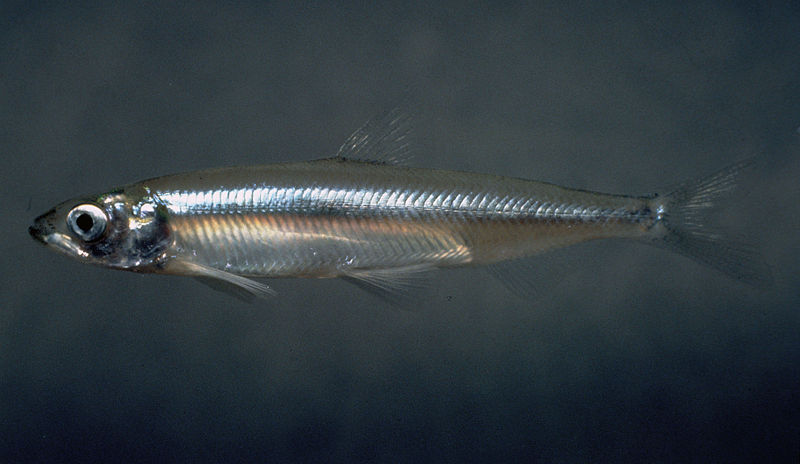HLB Funding Prioritized in Farm Bill Proposal
Courtesy of California Citrus Mutual
California Citrus Mutual (CCM) commends Chairwoman Stabenow of the Senate Agriculture Committee and Chairman Glenn Thompson from the House Agriculture Committee for prioritizing the citrus industry’s fight against Huanglongbing (HLB) in each of their frameworks for the 2024 Farm Bill. Each Chair’s framework continues support of the Emergency Citrus Disease Research and Extension Program at $25 million per year for the life of the Farm Bill.
“This is a significant step towards reaching a bipartisan Farm Bill compromise that will continue critical research to find a cure to Huanglongbing,” said CCM President/CEO Casey Creamer. “While this isn’t the finish line, it clearly signals that Congress supports maintaining citrus funding. We thank the Chairs of the Committee and our California Congressional delegation for championing our needs.”
The $25 million in funding will go to the U.S. Department of Agriculture (USDA) National Institute of Food and Agriculture (NIFA) to fund research to find a cure for HLB. The funding is overseen by grower representatives from California, Texas, and Florida.
This is a big win for the citrus industry as there were significant headwinds with the current fiscal battles in Washington, D.C., including escalating Farm Bill baseline expenditures and competing priorities within agriculture. It proves the strength of the advocacy partnership with Florida and Texas Citrus Mutuals in addition to the strong support received from allied industry organizations.


